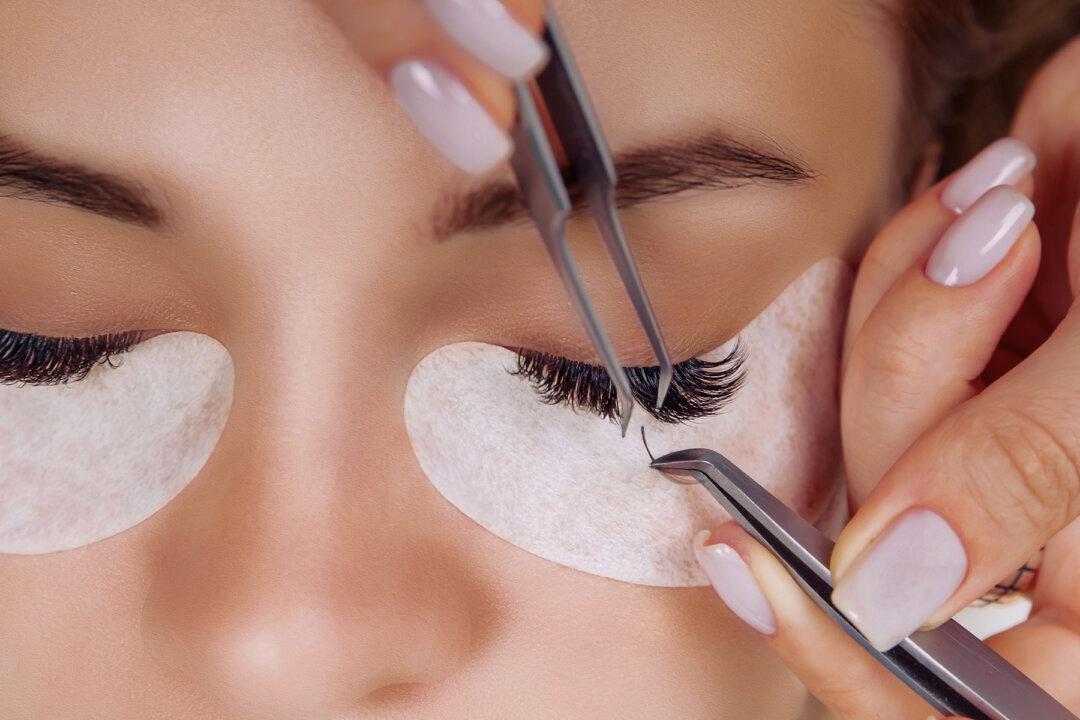As incidents of “lash lice” increase in number, numerous doctors are warning fans of eyelash extensions to up the ante when it comes to their cleaning regimens.
Near-microscopic organisms known in the medical field as “demodex mites,” but better known by lay folk as “lash lice,” can survive and thrive on eyelash follicles if left to their own devices. The unwanted visitors may be almost microscopic, and failing to clean eyelash extensions can be the culprit.




